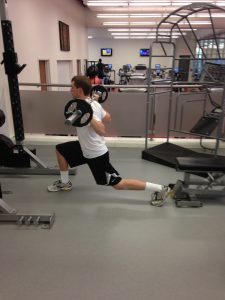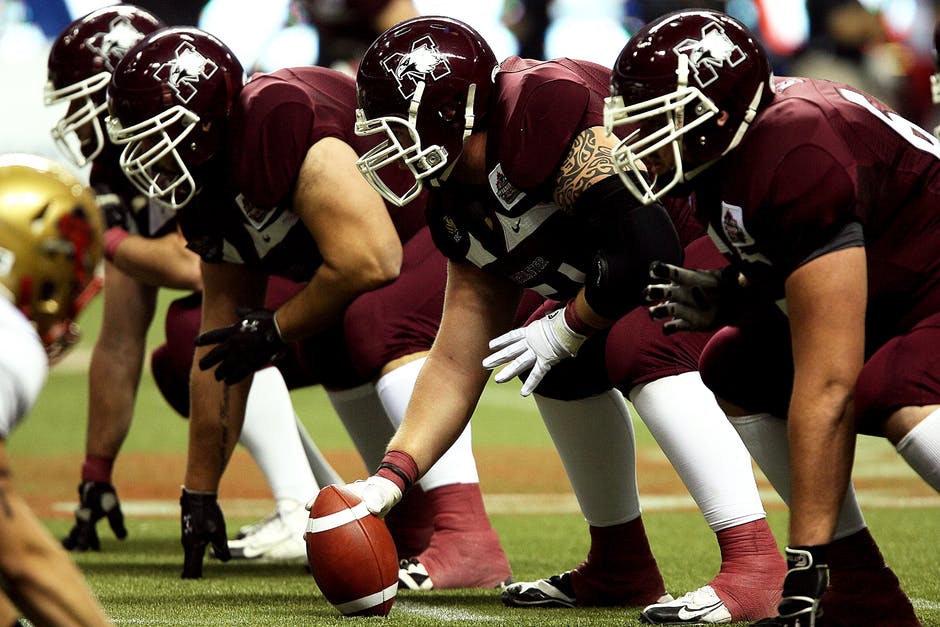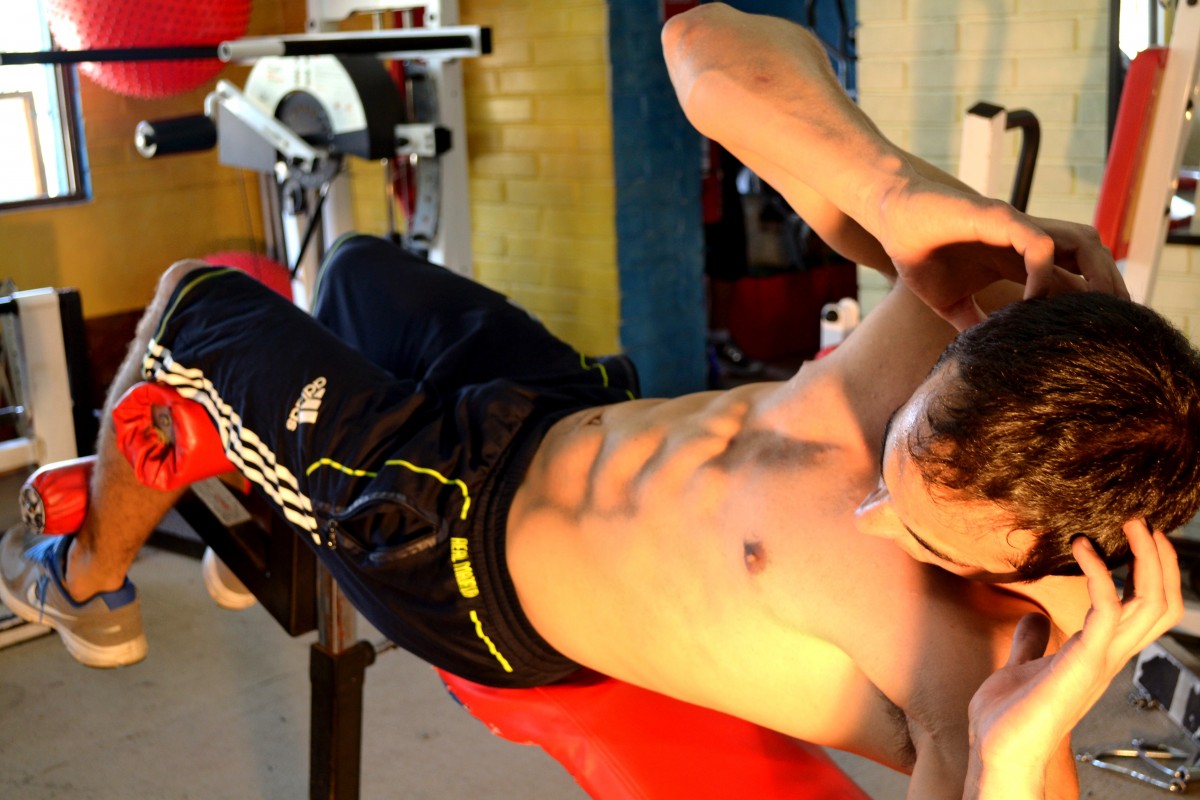The ability to exert force horizontally is extremely important for athletes. It is important for sprinting, stopping, starting, and changing directions. Beyond that it is also important for throwing, kicking, contact sports, hitting a baseball or softball, in fact most sports skills. This is also something that is very difficult to train in the weight room. With that in mind, this post is going to cover a few weigh room exercises that can be incorporated to help address the ability to exert force horizontally.
First, it needs to be emphasized that athletes need a solid strength base. This means squats, pulling things off the floor, hip hinges, presses, and rows. None of these are horizontally-focused movements, but we cannot be fast or explosive without a strength base.
In addition to a strength base, there needs to be exercises that help the athlete learn to take that strength and express it horizontally. Outside the weight room these might include plyometrics (i.e. horizontal jumping or throws), resisted sprinting, and bounding. Inside the weight room it’s a little more challenging as most of the exercises that we use are about exerting force vertically (and this includes the Olympic lifts).
So, in the weight room there are a few types of exercises that we can incorporate to address the ability to exert force horizontally. These include lunges, kettlebell swings, sleds, and tires.
Lunges:
Three variations of the lunge exercise are ideal for helping to develop the ability to exert force horizontally. These include walking lunges (perform lunges for a specified distance), front lunges (literally step forward into the lunge, then step back), and reverse lunges (step back into a lunge, then step forward). These lunges can be performed with the bar on the back of the shoulders, front of the shoulders, or with the bar overhead.

Besides the direction, there are some other important differences when performing lunges with the focus on the ability to exert force horizontally. These are not being performed as a conditioning, toning, or hypertrophy exercise. These are being performed with the intent of helping the athlete exert more force in this direction. This means heavier weights, a volume of around three to eight repetitions per set on each leg, and three to five sets per exercise.
Kettlebell Swings:
Many kettlebell exercises are focused on exerting force vertically, just like with barbells and dumbbells. However, the kettlebell swing is about projecting force horizontally. It can be done with two hands or with one at a time. The important thing to keep in perspective is that when we are developing the ability to produce force horizontally, we are not training for metabolic conditioning. This means we are focused on a low volume (six to twelve repetitions per set), heavier weights, and complete recovery between each set.
Sleds:
Pushing and pulling heavy sleds is a great way to improve the ability to exert force horizontally. There are some things that need to be kept in perspective with this. First, this is a general physical preparation tool. That means it is not meant to mimic a sports skill or sprinting. This means that if we keep it in perspective we don’t need to worry about mimicking our sprinting form when pushing a sled.
Second, since we are concerned with improving the ability to exert force horizontally (as opposed to metabolic conditioning), we need to keep the volume low and the intensity high. This means shorter distances, no more than 20-40 meters. It also means complete recovery between each attempt.
Tires:
Tires involve pulling a large, heavy tire up, getting under it, and pushing it forward. It’s another great way to develop the ability to exert force horizontally. Like sleds, it needs to be kept in perspective that if it is being used to develop this quality then it is not being used as a metabolic conditioning tool. This means short volume (20-40 meters) with full recovery between each set.
This all sounds good, but it can be challenging to implement in an environment where a team is training. When we have 20 to 100 athletes training at one time, how do we incorporate these exercises? This is going to depend on how we are set up.
Kettlebell swings and lunges are a great exercise that can be performed in a rotation. For example, athlete A is squatting in the cage. Athlete B is on deck and spotting. Athlete C might be performing the bench press on the other side of the cage. Meanwhile, athlete D may be performing either lunges or kettlebell swings.
Sleds and tires are problematic. That only works if there is enough open space in a weight room. Now, many weight rooms are designed with this in mind today, but only one athlete can do the exercise at a time. This could be done in a rotation with four athletes. Athlete A pushes down, Athlete B pushed back, then Athlete C pushed down, then Athlete D pushes back. This then repeats for the desired number of sets.
The ability to produce force horizontally has been linked to being a faster sprinter and is going to be important for many sports skills. Research has found relationships between the ability to jump horizontally and sprinting speed. With that in mind, this is an important quality to train. However, this can be challenging to train in the weight room beyond just making the athlete stronger. Lunges, kettlebell swings, sleds, and tires are great ways that the weight room can be used to train the athlete to apply their strength horizontally. Outside the weight room plyometrics, medicine ball throws, resisted sprints, and bounds are tools that can be used to teach this force application.






